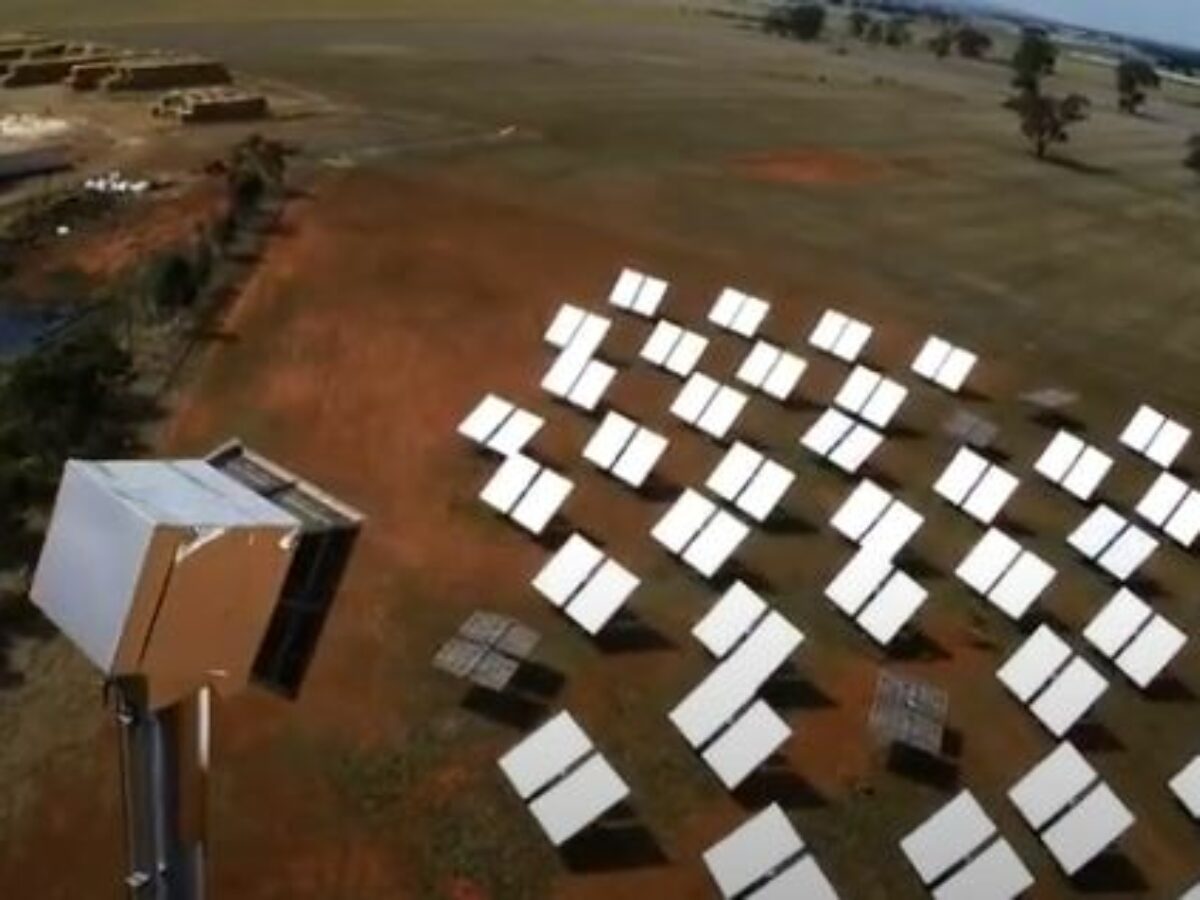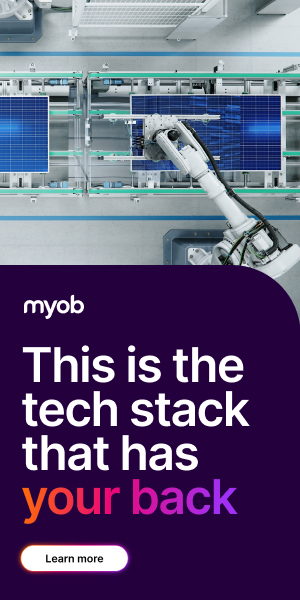Solar PV and wind still the cheapest – CSIRO

Solar photovoltaics (PV) and wind continue to be the cheapest sources of new electricity generation capacity in Australia, even when the integration costs of renewables are included, according to a report released today by CSIRO and the Australian Energy Market Operator (AEMO).
Their final 2020-21 GenCost Report, released today estimates the cost to generate electricity for new power plants in Australia, with the latest report using a new, more accurate approach that adds in ‘integration’ costs such as storage and new transmission infrastructure.
The report found solar and wind continue to be the cheapest sources of new-build electricity generation, and comes as AGL announced plans to build a solar-and-hydro energy station at its Liddell coal-fired power station which is slated for closure in 2023.
AGL has been collaborating with Melbourne-based developer RayGen on a concentrated solar thermal project, which uses a field of mirrors to reflect sunlight (pictured) onto a receiver, where it is used to store energy in a reservoir.
Construction has already begun on phase one of the project – a solar-hydro plant in Carwarp in Victoria.
CSIRO Chief Energy Economist Paul Graham said today the analysis of renewable integration costs now includes greater recognition of year to year weather variability, while integration costs were derived from the highest of nine historical weather years.
This report concludes that:
- Solar and wind continue to be the cheapest sources of new-build electricity
- Battery costs fell the most in 2020-21 compared to any other generation or storage technology and are projected to continue to fall. Lower battery storage costs underpin the long-term competitiveness of renewables
- And pumped hydro is also important and is more competitive when longer durations of storage (above eight hours) are required.
The report includes hydrogen electrolysers for the first time and finds that hydrogen is following a similar trajectory to more established renewables.
With increased interest in global deployment, and many demonstration projects worldwide, substantial cost reductions in hydrogen technologies are expected.
Picture: Raygen
Subscribe to our free @AuManufacturing newsletter here.
Topics Manufacturing News Technology
@aumanufacturing Sections
Analysis and Commentary Awards Defence Manufacturing News Podcast Technology Videos






